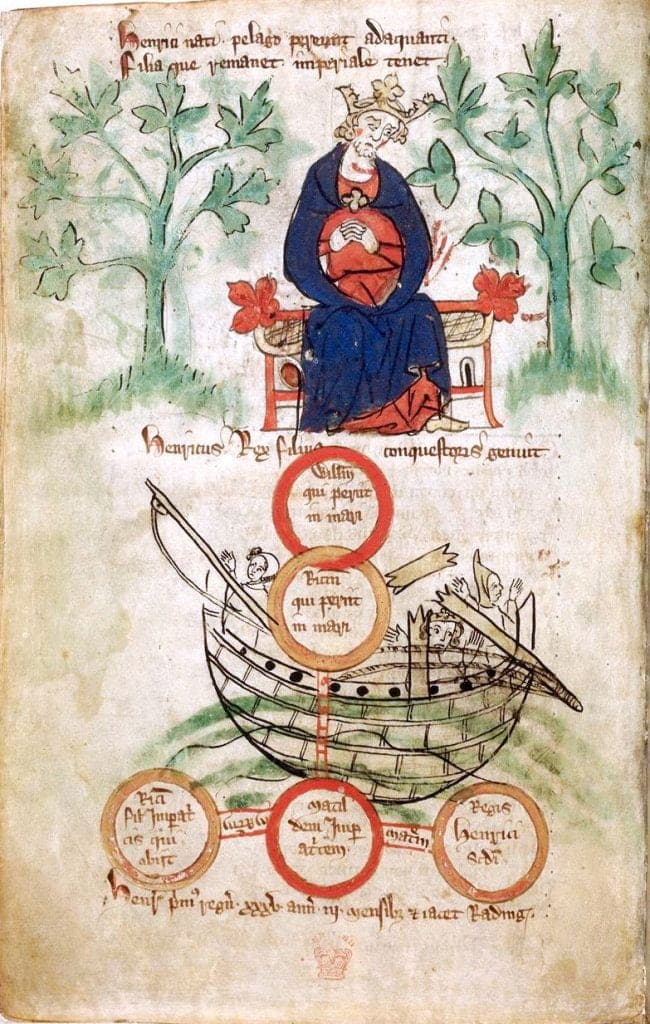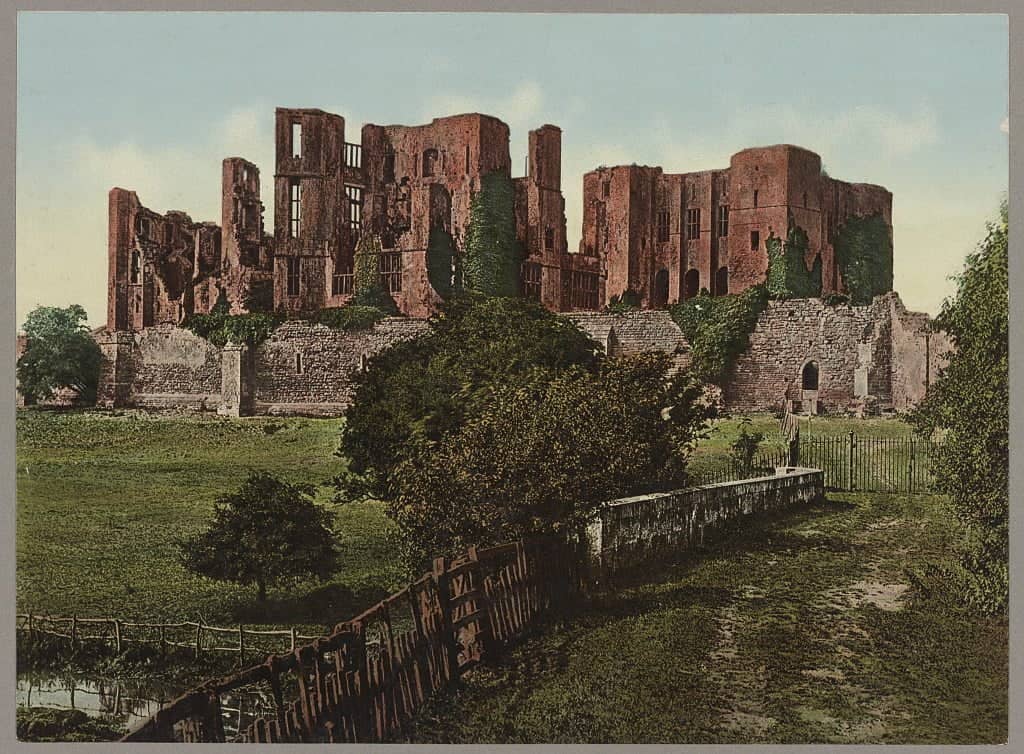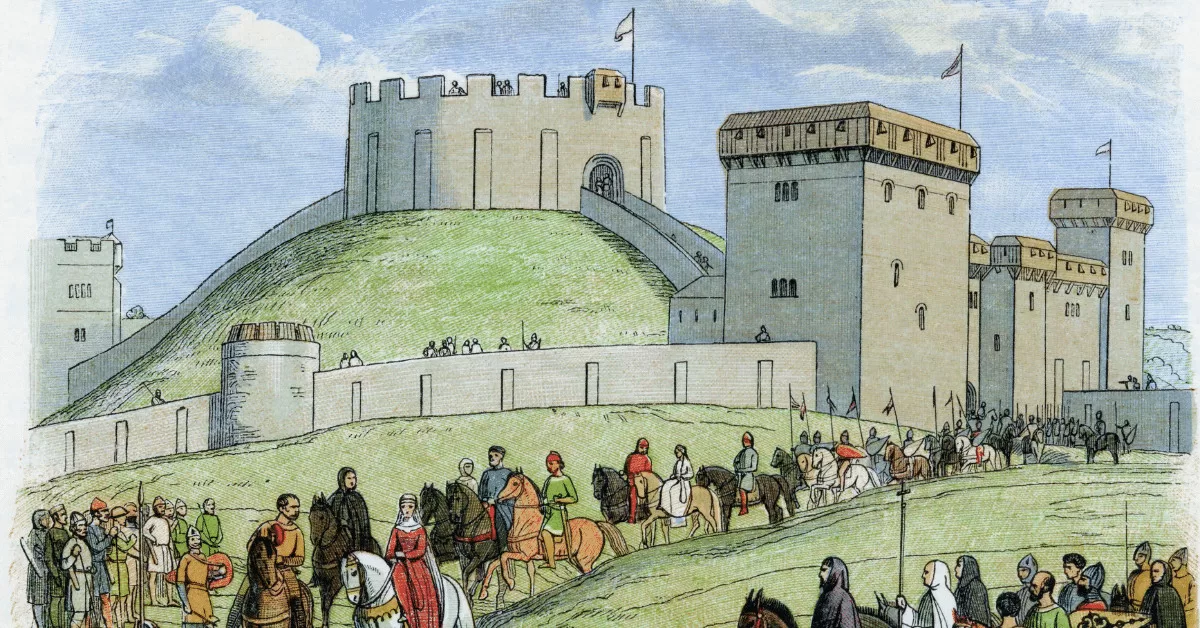Book Review: “The Siege Winter” by Ariana Franklin
Synopsis
Historical Context
The year is 1141. Forces belonging to Empress Matilda and Stephen of Blois have clashed with each other for a few years as they vie for the English throne. The only surviving child of King Henry I (r. 1106-1135), Matilda holds her claim from her father as her brother William Adelin drowned in the English Channel in 1120. Stephen, on the other hand, remains one of Henry’s closest living male relatives. In a time when succession rights often depended on who fielded the largest army, the period known in English history as the Anarchy proved a complex, bloody mess. The novel The Siege Winter takes place during this chaotic time.

Synopsis
The Siege Winter takes place in the midst of this war. Author Ariana Franklin and her daughter Samantha Norman narrate the events of 1141 from three perspectives: Emma, an eleven-year-old peasant who survives a horrific ordeal; Gwil, the man who reluctantly rescues Emma; and Maud of Kenniford, the fifteen-year-old fortress chatelaine.
Readers first meet Maud on her wedding day. The only heiress of her father, she controls one of the key crossings of the River Thames, the fictional Kenniford Castle (also written as Kenilworth in other printings). She marries one of Stephen of Blois’s supporters, the older, hulking, and boorish John of Tewing. Maud sees little benefit to this arrangement, but she’s left with no choice as Stephen desires control of this strategic location and forces the marriage.
Other chapters follow the journey of Penda and Gwil. A group of men kidnap young Emma – as she is then known – and assault her under the eye of their leader, a cruel and sadistic monk with a penchant for killing red-headed girls. The mercenary archer Gwilherm de Vannes finds the girl left for dead and nurses her back to health. Emma remembers nothing of her past, her name, or her attack. Gwil christens her Penda after a pagan warlord and disguises her as a lad. The two travel together and earn income through archery exhibitions.
But Gwil also carries a secret, one that threatens the safety of the girl he saved. The monk still haunts their steps, and he desires something from Penda, an artifact left from their previous encounter that she holds in her possession.
Their path eventually crosses those of the empress and her escorts in the midst of a snowstorm. The group of five eventually seek shelter with Maud and her people at Kenniford…just as Stephen besieges the castle.
Review
In essence, The Siege Winter presents itself as a historical mystery. And yet, I found that the narrative tottered in balancing these two genres for a few different reasons.
The Bloodthirsty Monk
The blood-lusting monk serves as a shadowy, underlying villain who haunts Penda and Gwil’s footsteps. Readers learn his identity later on in the novel. However, a few things aren’t made clear:
- Why does the monk target only redheads? Just some psychological need? Something deeper?
- Is he based on a historical figure?
- Does he only use the church as a cover? Or did he actually want to serve?
I struggled with this character because he comes across as very one-dimensional. The authors sometimes describe his despicable acts in lurid and graphic detail, and this may put off some readers.
The Characterization of Maud
The Siege Winter characterizes Maud as a fierce, intelligent, no-nonsense kind of woman who prides herself on her duty and her word above all else. Normally, I would not find this an issue. But Maud is only fifteen-years-old in this novel. Casting adult emotions and thought processes on children who haven’t even reached mental and emotional maturity seems troublesome at best. Furthermore, ascribing importance to a place like Kenniford (most likely Kenilworth) under the despotic control of a teenager feels unrealistic.

Pages 161-162 highlight this state:
The anarchic spirit of the age had entered Maud’s soul. After all, this was now a land devoid of loyalty, where almost every man and woman was for him- or herself first and for the king or the empress only as far as self-interest dictated…there was quite literally nothing and nobody to prevent her from declaring a truce with the king right then and there…
Ariana Franklin and Samantha Norman, The Siege Winter (New York: William Morrow, 2015): 161-162.
Hard times breed resilience, tenacity, and fortitude, no matter one’s age. But Maud’s demeanor and unyielding temperament belie someone three times her age. Not impossible, perhaps, but certainly not entirely believable from a reader’s standpoint.
Plausibility
The suspension of disbelief offers one of the most enjoyable aspects of reading fiction. However, when characters and plot fail to match their context, then disbelief falls flat. For instance, in addition to the two instances mentioned above, The Siege Winter occasionally adds in linguistic anachronisms such as “totally” or “hey.”
“Tatterdemalion” is one more historically obscure example. Merriam-Webster dates the term back to the 1600s, around four centuries later than the novel’s era. Given the general accuracy of the history presented, the inclusion of modern text seems out-of-place. On the other hand, the word in itself delights this reader’s eye.
Final Thoughts
Despite the points listed above, I enjoyed this book. Franklin and Norman effectively bring to life a brutal period in history. The stakes feel real, the snow bites one’s face as the empress makes a daring escape, and arrows hurt when they pierce one’s skin.
Additionally, the framing device of the dying clergyman relating his story to a scribe works well. His own history interweaves in the tale, though to what extent isn’t revealed until later. An excellent way to keep the story moving and allow readers a chance to reflect on the occurring action.
On the whole, readers of historical fiction will most likely appreciate The Siege Winter.
Summary

Title: The Siege Winter
Author: Ariana Franklin and Samantha Norman
Publisher: William Morrow
Publication Year: 2015
Page Count: 338pp (hardcover count)
Featured image: Matilda leaving Arundel Castle in 1139, 19th-century wood engraving (Photos.com/Jupiterimages)

